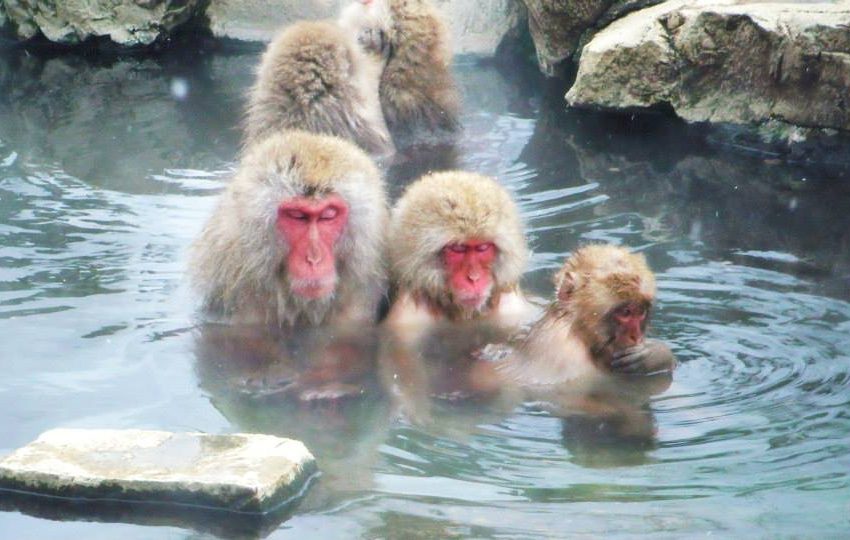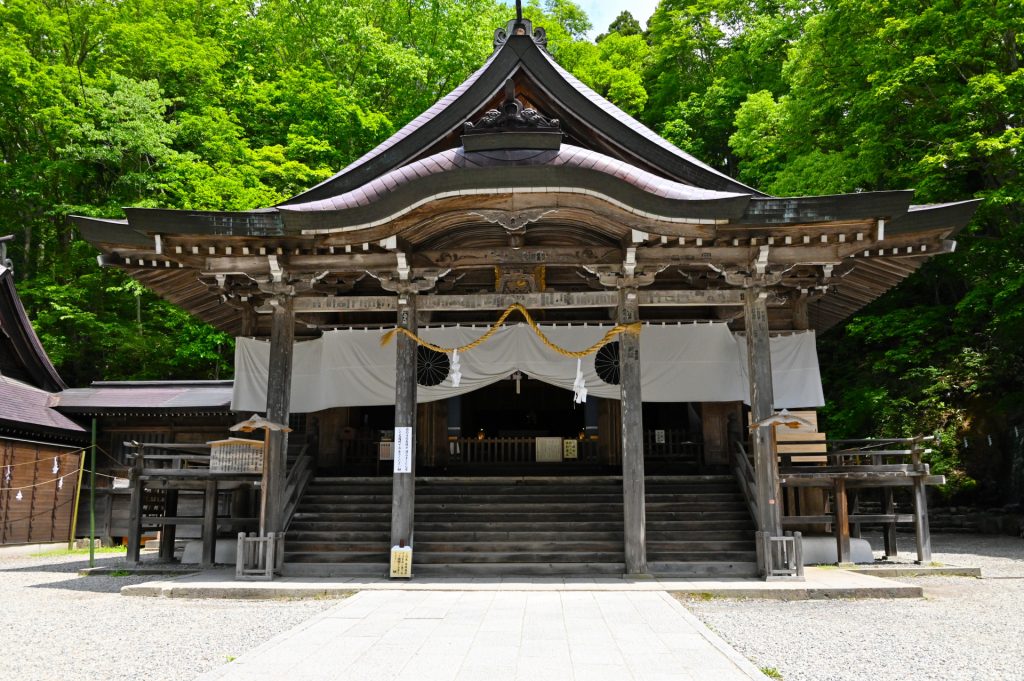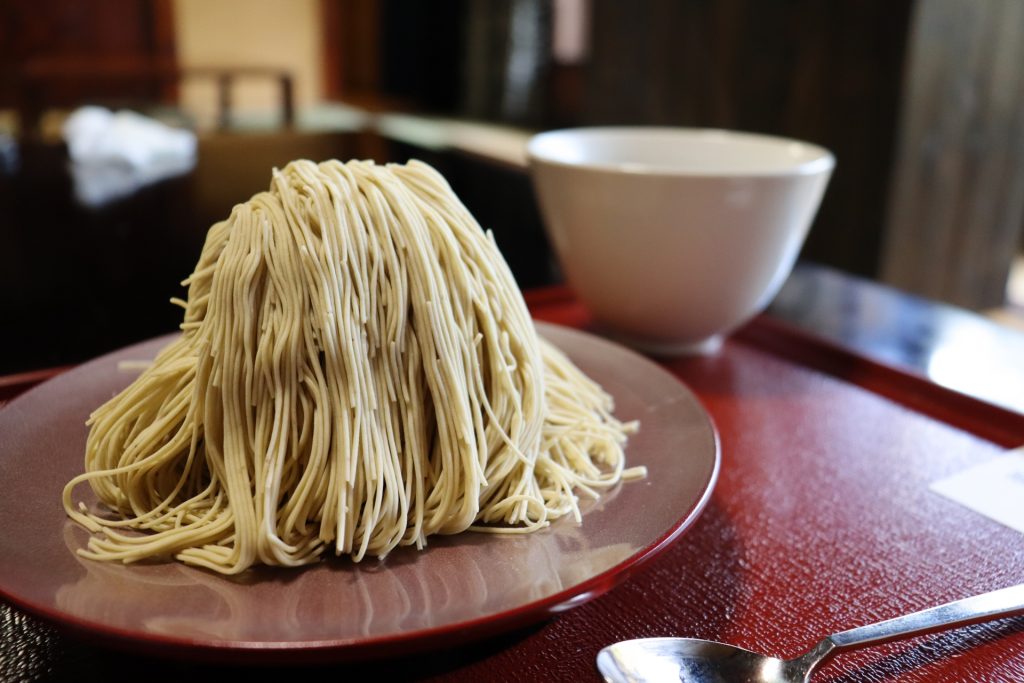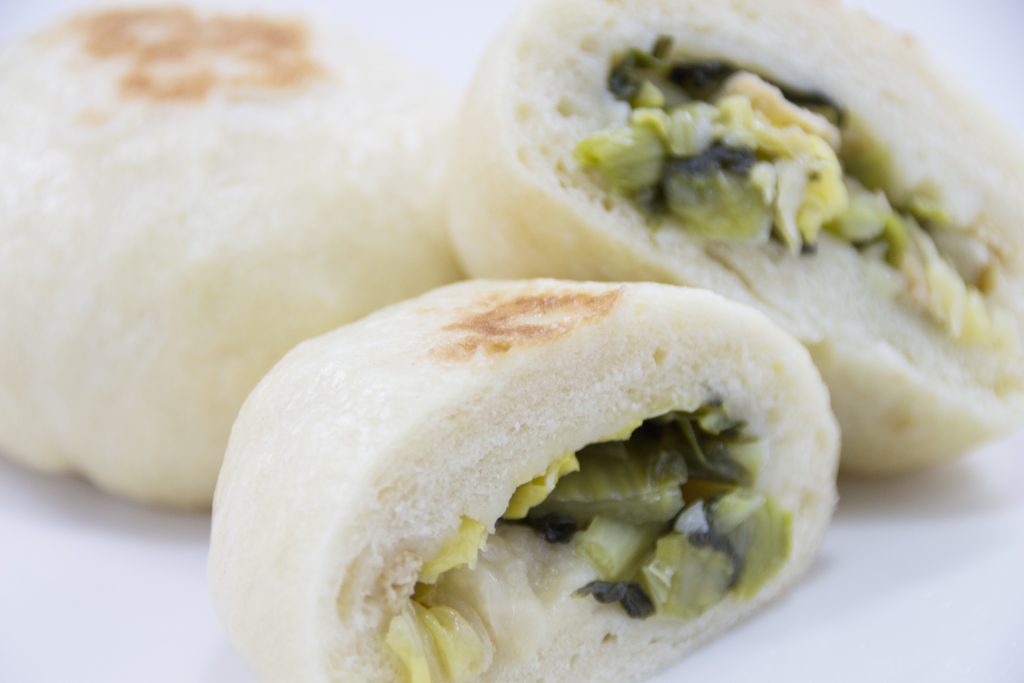
Jigokudani Monkey Park
Jigokudani Monkey Park: Immersing in Nature’s Thermal Wonder
Overview
Deep within the heart of Japan’s Nagano Prefecture lies a distinctive natural spectacle: the Jigokudani Monkey Park. This pristine enclave offers a unique tableau where wild Japanese macaques, commonly referred to as snow monkeys, escape winter’s chill in naturally formed hot springs.
The Enigmatic Landscape of Jigokudani
The name ‘Jigokudani’ translates to ‘Hell’s Valley’. This might sound ominous, but the nomenclature stems from the area’s steamy, bubbling springs and rugged terrains rather than any infernal associations. The landscape, with its steaming vents and the contrast of snow-clad slopes, sets the stage for an ethereal experience.
Historical Significance
The inception of Jigokudani Monkey Park dates back to 1964. Its primary goal was to provide a sanctuary where the indigenous macaques could thrive in their natural habitat, untouched by urbanization. The park also offers researchers a unique vantage to observe these creatures in their natural habitat, leading to some profound understandings about their behavior and the broader ecology of the region. Interestingly, it wasn’t always common for the monkeys to bathe in the hot springs; they adapted to it over time, a captivating testament to nature’s ability to evolve and adjust.
The Snow Monkeys: An Insight
The snow monkeys are a subspecies of the Japanese macaque, the world’s most northern-primate, excluding humans. With a lifespan of about 30 years, these macaques have developed a complex societal structure. Within their troops, there are dominant hierarchies, intricate grooming rituals, and even occasional squabbles, making them an intriguing subject of study.
Their thick fur coats are a natural defense against the cold, but the hot springs offer an additional refuge from the winter’s biting chill. Watching these creatures, with steam rising around them, eyes often closed in seeming ecstasy as the warm waters soothe their muscles, is truly a heartwarming sight.
Do’s and Don’ts at Jigokudani
It’s essential to remember that while the monkeys are accustomed to human observers, they are still wild creatures:
- No Feeding: Introducing foreign foods can upset their diet and the park’s ecological balance.
- Keep a Respectful Distance: Always give the monkeys space, refraining from making rapid movements.
- Secure Your Belongings: The monkeys are naturally curious and might be tempted by loose items.
- Adhere to Paths: Protecting both the environment and ensuring your safety is vital. Stick to marked paths.
- Quiet Observance: Keep noise levels down. This is their home, and peace should be maintained.
Navigating Your Way to Jigokudani
- By Train: Embark at Tokyo. Board the Shinkansen bound for Nagano Station. From there, switch to the Nagano Dentetsu Line heading for Yudanaka Station. Subsequent buses or taxis ferry visitors to the park.
- By Car: For those who prefer the road, the Joshinetsu Expressway leads the way. Ample parking awaits near the park, but a brief walk is required to reach the primary viewing spots.
Facility Essentials:
- Address: 6845 Yamanouchi-machi, Shimotakai-gun, Nagano Prefecture 381-0401, Japan
- Hours: Accessible year-round. Summer: 8:30 AM – 5:00 PM. Winter: 9:00 AM – 4:00 PM.
- Admission: Adults: ¥800. Children (6-17 years): ¥400. Below six: free.
- Contact: Dial +81 269-33-4379 for any queries.
- Online Portal: Dive deeper at Jigokudani Monkey Park.
Concluding Thoughts:
Jigokudani Monkey Park is not just a destination; it’s an experience. The amalgamation of nature’s raw beauty with the macaques’ endearing antics provides a compelling narrative of coexistence, adaptation, and sheer wonder. As you tread the paths, breathe in the chilly air, and watch a young monkey playfully splash while an older one soaks in tranquil repose, you’re reminded of nature’s simple joys and the timeless dance of life and survival. When in Japan, Jigokudani is an encounter not to be missed, a profound blend of ecology, ethology, and sheer magic.




